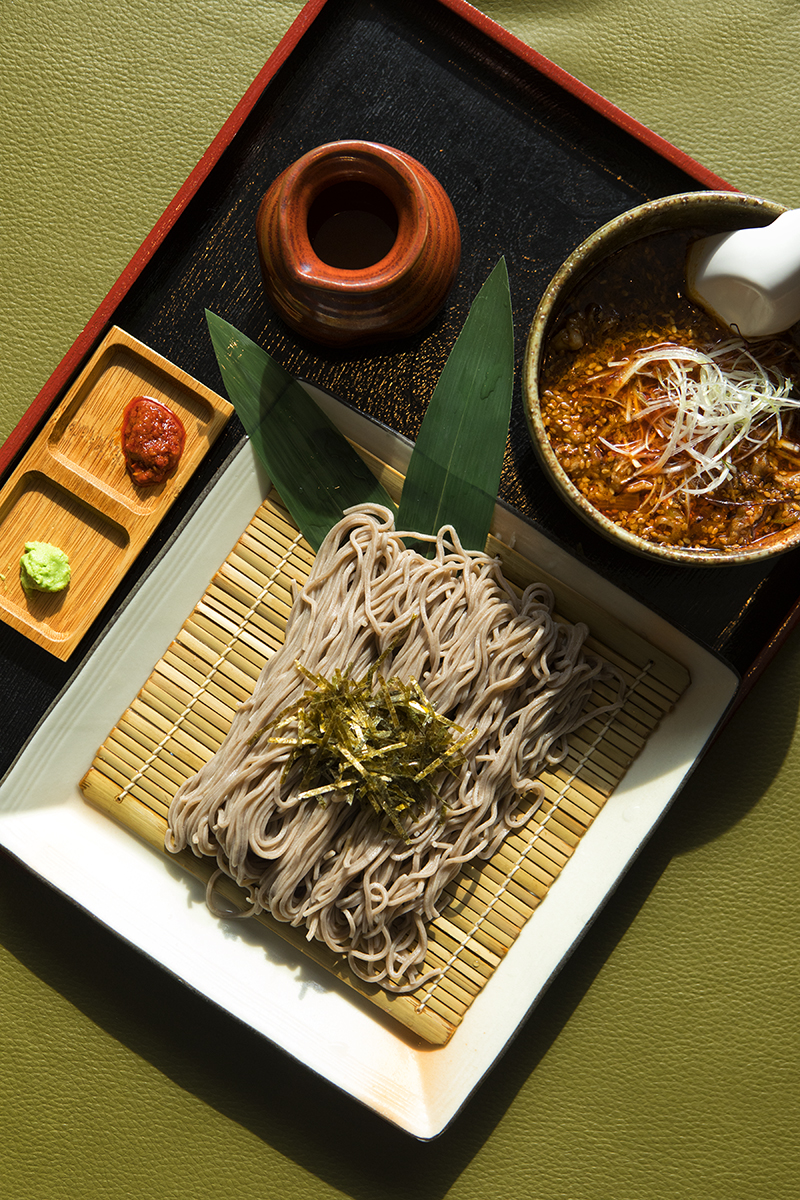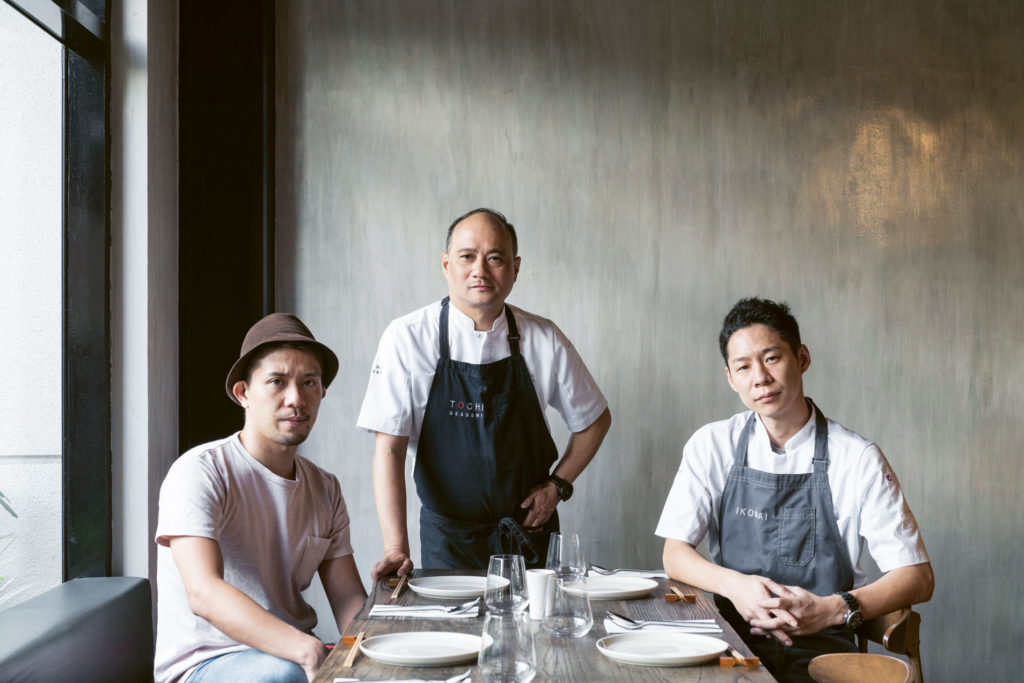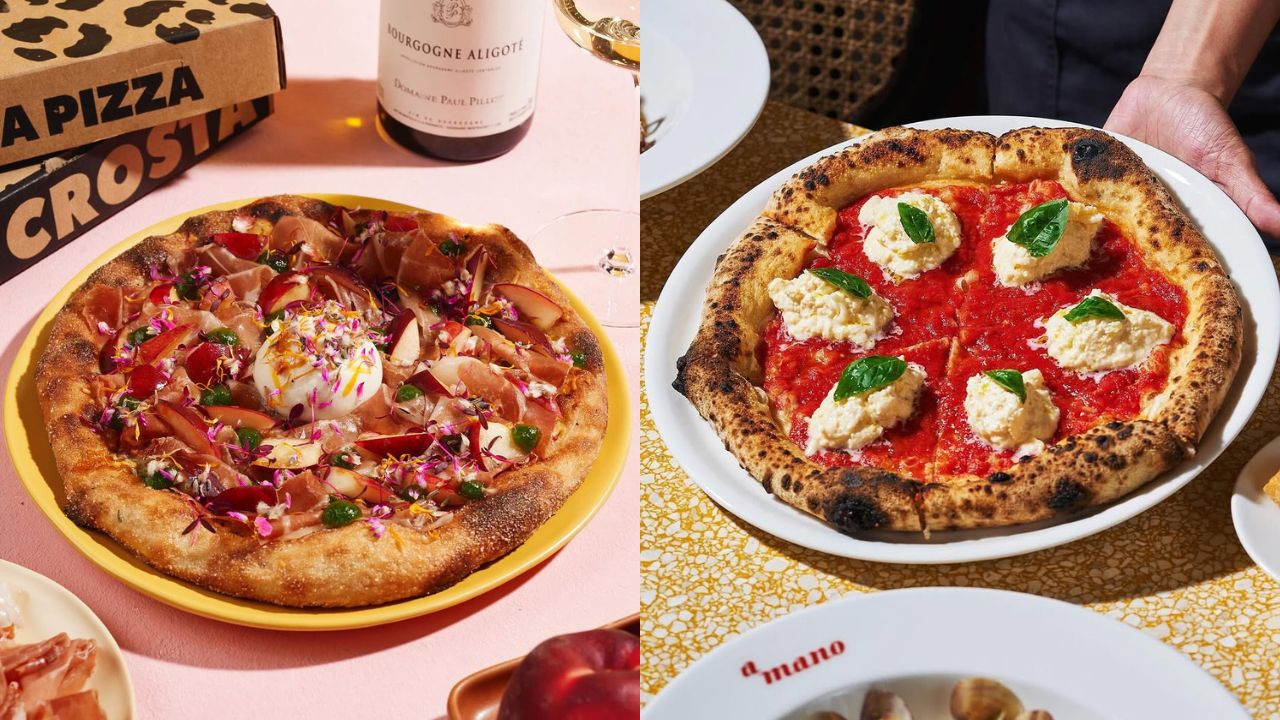Filipinos have embraced Japanese cuisine enthusiastically. You see it everywhere—from high-brow to street-side; traditional to infused; homegrown or franchised from the motherland. With Filipinos making more frequent trips to various cities in Japan, standards are as high as the demand.
“It’s really not a trend,” restaurateur Elbert Cuenca says, shaking his salt-and-pepper mane. The man behind cult classics such as Elbert’s Steak Room and Ramen Yushoken, Cuenca knows a thing or two about opening successful restaurants. He recalls how his father partnered with a few others to open the now-defunct long runner Furosato in Roxas Boulevard way back in 1977. “Even back then, if you opened a Japanese restaurant, you can be sure it will succeed. It didn’t necessarily have to be good,” Cuenca chuckles.

Now, as managing partner of chef Hideaki Aoyama’s Kazunori (named after their full-time Japanese chef Kuramochi Kazunori), Cuenca banks on his tried-and-tested formula of consistently good food and word-of-mouth marketing to bring mostly affluent clientele into his Pasong Tamo Extension restaurant. He claims that with the diverse menu, Kazunori is his most complicated restaurant to manage.
At Salcedo Village’s Ikomai, chef James Antolin is also generous when it comes to giving credit where it’s due. While the expert breadmaker admits to relying on his culinary background in being hands-on in the kitchen, his Japanese partners make their Nagoya-inspired cuisine with a global flair legit.

“They give me (and brother, Peter) credibility,” says Antolin, talking about young chef Hideki Saeki and business partner Taro Hori. Chef Hide comes from a pedigreed line of Japanese chefs; his late father ran their 60-year-old restaurant in Nagoya for many years. Now, he makes his spin on Nagoya classics like their famous breaded and fried food-on-a-stick kushikatsu for Ikomai’s diverse clientele. Taro explains the restaurant’s industrial look as indicative of who they are. “You don’t make friends with other people and say, ‘Oh, I’m Japanese, we should be friends,’” Taro expounds.
While his kind of global thinking can offer boundless options, they limit themselves to a few simple rules. “We need to be able to source proper ingredients,” Antolin says. “And, of course, we always ask people what they want.” And what they want, Cuenca has always known, is Japanese food. He confirms, “It will never go away.”
Originally published in F&B Report Vol. 14 No. 6














































